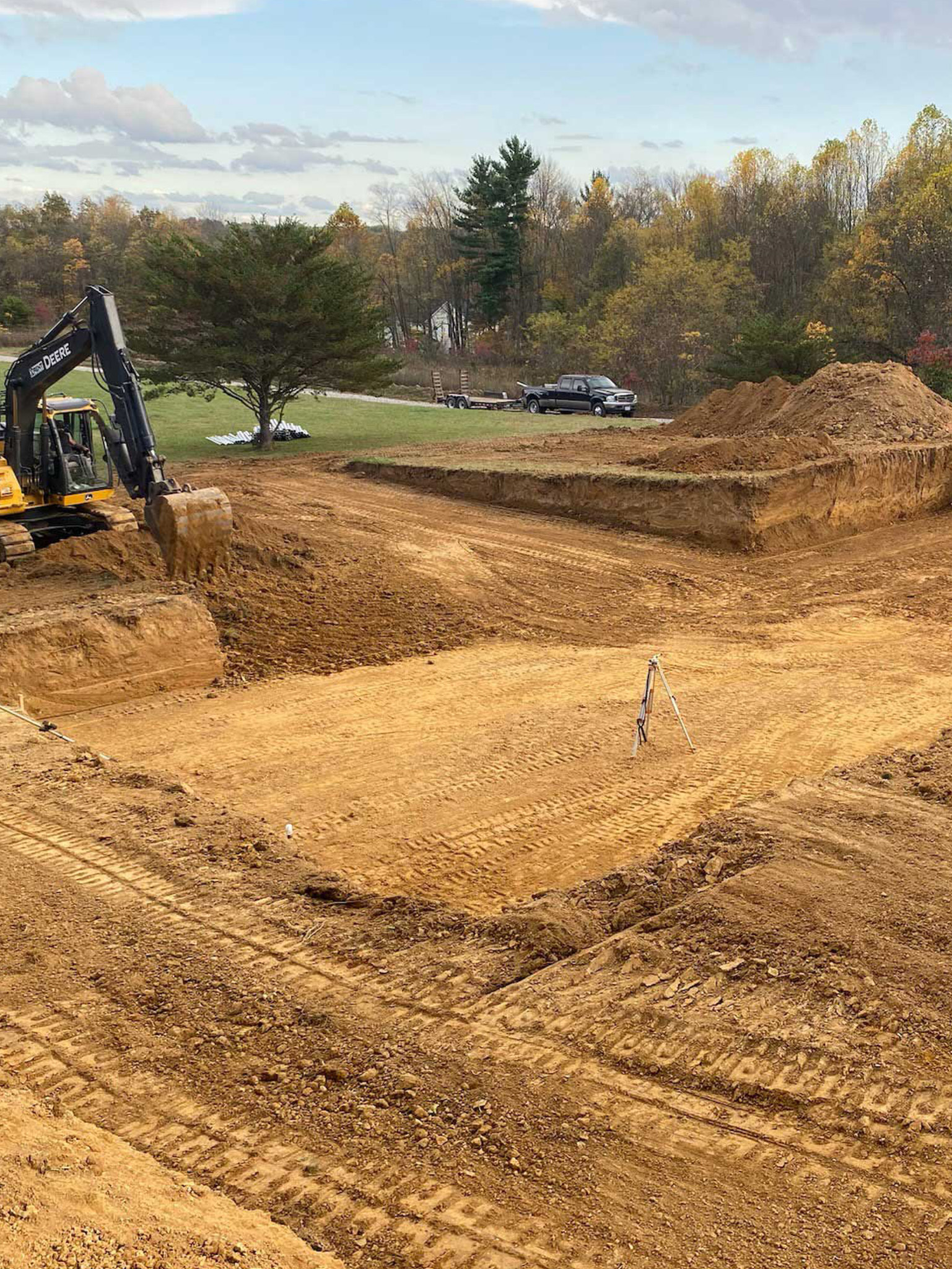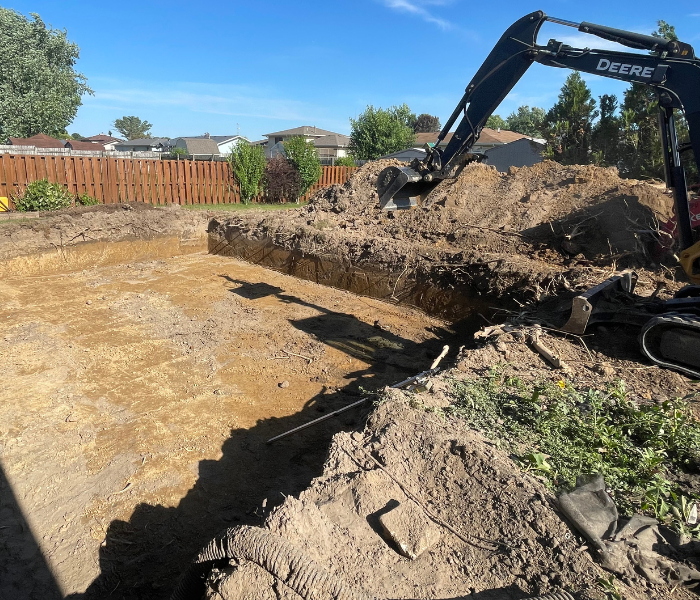Residential Excavating Ohio - Specialized Excavation for Ohio Houses
Residential Excavating Ohio - Specialized Excavation for Ohio Houses
Blog Article
Thorough Exploration: The Science Behind Superior Excavation Practices
From old hand devices to contemporary hydraulic excavators, the development of excavation techniques has been a testimony to human resourcefulness and technological developments. What really sets superior excavation practices apart is a deep understanding of geological concepts, combined with the usage of advanced devices and techniques.
Development of Excavation Techniques
Throughout background, the advancement of excavation methods has played a crucial duty ahead of time building techniques and historical discoveries. From the basic devices utilized by our ancestors to the innovative equipment utilized in modern times, the development of excavation methods has actually substantially transformed just how we approach numerous jobs.
In old times, hand-operated labor with basic devices such as pickaxes, wheelbarrows, and shovels was the primary technique of excavation. This labor-intensive process limited the deepness and range of excavations, often leading to slow development and limited access to particular sites. As people advanced, so did the methods and devices used for excavation.
The Industrial Change noted a turning point in excavation practices with the introduction of steam-powered machinery. In contemporary times, innovation plays an essential duty in excavation, with advancements like GPS systems, drones, and 3D scanning enhancing precision and efficiency in the field.
Role of Technology in Excavation

The assimilation of cutting-edge technology has actually essentially transformed the field of excavation, enhancing accuracy and effectiveness to unprecedented degrees. Among the essential technological innovations that has actually substantially affected excavation practices is the application of general practitioner systems. These systems enable for accurate mapping of excavation websites, allowing operators to accurately find underground energies and frameworks. Additionally, the usage of telematics in excavation devices has actually allowed real-time monitoring of equipment efficiency, leading to aggressive maintenance and increased functional productivity.
Furthermore, the development of 3D modeling and simulation software application has structured the planning procedure for excavation tasks. Drivers and engineers can currently imagine the whole excavation procedure before damaging ground, identifying prospective obstacles and optimizing operations. In conjunction with this, the application of drones in excavation activities has assisted in aerial studies, volumetric dimensions, and website assessments with unmatched speed and accuracy.
Geological Concepts in Excavation
An understanding of geological concepts is necessary for making sure the structural integrity and security of excavation websites. Geological elements play an important role in determining the feasibility and safety and security of excavation jobs.
Moreover, the geological structure of the area, including faults, fractures, and rock formations, must be carefully assessed to recognize potential threats and obstacles. Digging deep into near geological fault or unstable rock developments can cause instability and prospective hazards. By carrying out detailed geological studies and analysis, engineers and excavators can establish strategies to minimize risks and guarantee the effective completion of excavation projects. Inevitably, including geological concepts into excavation techniques is vital for accomplishing safe, reliable, and lasting results.

Most Current Tools for Excavation
In the realm of excavation practices, modern innovations in devices have transformed the efficiency and accuracy of excavation procedures. These drones check my site can offer comprehensive aerial studies of excavation websites, providing real-time data on topography and possible dangers.
One more cutting-edge tool obtaining appeal is the implementation of 3D printing technology for developing custom-made excavation devices. This enables for the production of specialized devices that are tailored to the specific needs of a job, enhancing efficiency and minimizing downtime.
Moreover, developments in products scientific research have resulted in the advancement of stronger and extra sturdy excavation devices. septic ohio. Tungsten carbide-tipped excavator accessories, for instance, hop over to here deal premium efficiency in difficult ground conditions, enhancing productivity on-site
Scientific research's Influence on Excavation Practices

Furthermore, scientific research study on dirt mechanics and geotechnical engineering has actually given important understandings into soil habits, allowing excavation experts to make enlightened decisions concerning excavation approaches and soil stabilization strategies. In general, scientific research continues to drive development and renovation in excavation practices, making excavation jobs a lot more efficient, affordable, and sustainable.

Final Thought
Finally, the development of excavation strategies has been considerably influenced by developments in innovation and a deeper understanding of geological principles. The most up to date devices and tools made use of in excavation have improved efficiency and precision in the area. The application of clinical knowledge has click actually significantly enhanced excavation techniques, causing much more sustainable and effective approaches for excavating numerous sorts of materials.
In the realm of excavation practices, modern technologies in devices have actually reinvented the effectiveness and accuracy of excavation processes. By leveraging scientific principles, the excavation sector has actually been able to substantially enhance effectiveness, accuracy, and safety in excavation procedures. GPR enables excavation teams to non-invasively scan and map subsurface frameworks, energies, and prospective hazards, allowing them to intend excavation jobs with greater accuracy and lowered danger of accidents.
Additionally, clinical research study on soil technicians and geotechnical design has provided beneficial insights into dirt habits, allowing excavation professionals to make enlightened decisions regarding excavation techniques and dirt stablizing techniques. On the whole, scientific research continues to drive technology and enhancement in excavation practices, making excavation tasks much more reliable, economical, and sustainable.
Report this page